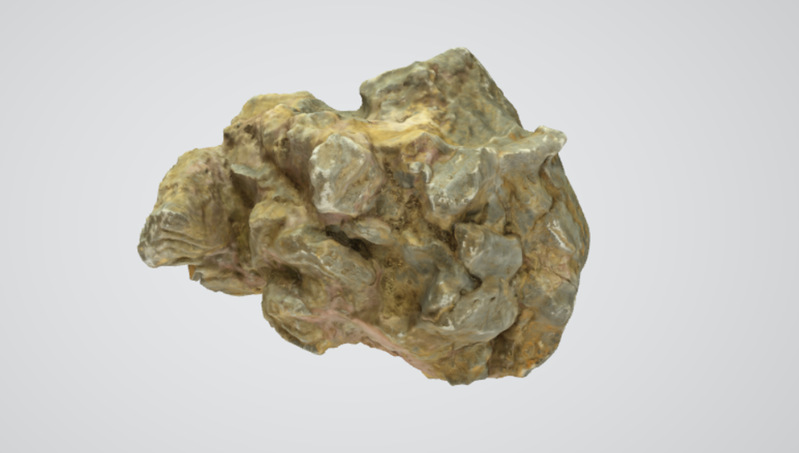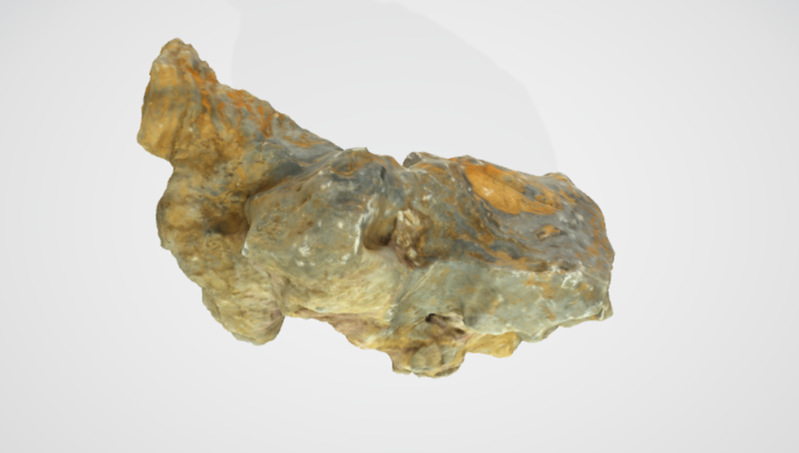

蜂巢珊瑚(Favosites)
产地:江西
特征:
蜂巢珊瑚属(Favosites)是横板珊瑚目的一属。复体块状,外形半球状、圆饼状、板状或其他不规则形状。个体角柱状彼蜂巢珊瑚此紧密相连,状如蜂巢。体壁一般较薄,壁孔纵行排列,横板平直、规则。隔壁刺发育,也可不存在。
这种古代的珊瑚像现代的一样,也形成珊瑚礁。珊瑚礁的形态大致呈现出两种,一些种类像现代脑珊瑚一样形成大的石灰岩穹隆,另一些种类则是扁平的成分枝状的各种各样的块状复体。个体多脚柱状,个体薄,常见中间缝,连接孔分布在壁上(壁孔),1-6列。隔壁呈刺状,瘤状或无。大杯中有60个隔片,1/2与轴柱相连,杯深9mm左右,杯直径10—14mm,多边形的长径10—18mm,短径8—14mm。珊瑚杯壁薄,杯间的漕清晰。隔片与珊瑚肋边缘有细刻齿,规则。隔片在杯底加宽,不形成围栅瓣。轴柱小海绵状。生活时口道绿色,其余均为黄色。
晚奥陶世至中泥盆世,亚洲、欧洲、北美洲及大洋洲。中国志留系及泥盆系中多有产出。
Provenance: Jiangxi, China
Characteristics:
Favosites is an extinct genus of tabulate coral characterized by polygonal closely packed corallites (giving it the common name honeycomb coral). The walls between corallites are pierced by pores known as mural pores which allowed transfer of nutrients between polyps. Favosites like all coral thrived in warm sunlit seas, forming colorful reefs, feeding by filtering microscopic plankton with their stinging tentacles.
Favosites has tabula, a horizontal skeletal element that span the width of each chamber (corallite) from wall to wall. The walls and tabula define an individual corallite, of which colonies contain hundred to many thousands depending on size. Separation of tabulae between individual corallites varies by and even within a species. Some have chambers 1 – 2 mm high, while others are a fraction of a millimeter. The most conspicuous anatomical difference is the presence of squamulae (sgl. squamula) in Emmonsia. The Treatise on Invertebrate Paleontology describes them as “tongue-shaped or spoon-like projections from the wall” toward the center of the corallite.